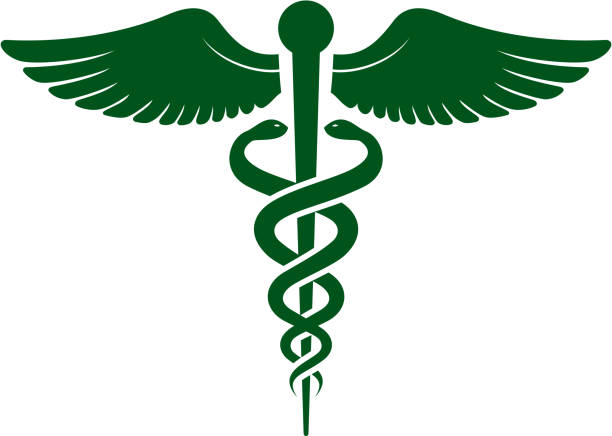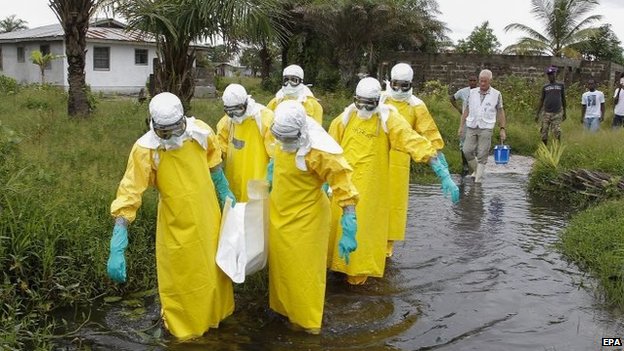…Most lack basic infrastructure, personnel & drugs; only 6,000 functional in total
…Declare emergency in primary healthcare — NMA
…Uncompleted PHC abandoned after gulping N14m in Ondo
…FCT: Only 30 PHCs adequately equipped l60% of PHCs in Lagos defunct —- Commissioner
In Nigeria, all is not well with primary health care, widely regarded as the cornerstone of essential healthcare, access to Universal Health Care, and the attainment of health-related Sustainable Development Goals, SDGs, and health security.
The Primary Healthcare Centres, PHCs, which are the first point of contact with the healthcare system, are not meeting the needs of Nigerians for essential health services as a result of years of neglect and poor funding.
Investigations by Vanguard revealed that many of the PHCs in the six geo-political regions of the country are distressed by challenges of poor staffing, inadequate equipment, substandard infrastructure, shortage of health workers, and lack of essential drug supply among others.
Several of the health centres visited by our correspondents were in bad state and not providing the required comprehensive health care, maternal and child healthcare services, essential drugs and diagnostic services or referrals to secondary and tertiary healthcare institutions.
This is coming 30 years after efforts by former Minister of Health, the late Professor Olikoye Ransome Kuti, to implement provisions of the Alma-Ata Declaration by adopting model PHCs in 52 Local Government Areas in the country. Currently, only about 6,000 or 20 per cent of the 30,000 available PHC facilities in the country are functional.
Worrisome development
The worrisome development is at variance with the World Health Organisation, WHO, Alma-Ata Declaration of 1978, towards improving the health system and ensuring that more people have access to qualitative healthcare. The lack of functional PHCs in all the 774 Local Government Areas, LGAs, of Nigeria, and the poor funding of these centres have continued to fuel increases in maternal, infant, as well as child mortality across the nation.
One of the significant findings of the recently released 2021 Multiple Indicator Cluster Survey, MICS, carried out by the National Bureau of Statistics, NBS, with technical support from UNICEF and partners, is the shortage of PHC facilities in the communities.
According to the MICS, the few existing PHCs are either non-functional or facing acute shortages of skilled manpower and or drug shortage thereby resulting in low immunisation rates and increasing maternal, newborn, infant, and child morbidity and mortality rates.
High mortality rates
From the report, Nigeria parades an infant mortality rate of 63 deaths per 1,000 live births for the five-year period preceding the survey, while the Under-5 mortality rate for the same period is 102 deaths per 1,000 live births.
The neonatal mortality rate in the country is 34 deaths per 1,000 live births while child mortality is 42 deaths per 1,000 live births. In 2015, the Buhari Administration projected to reduce the infant mortality rate to three per cent by 2023, but it is still 5.62 per cent, while maternal mortality remains at 512 deaths per 100,000 live births.
The survey showed that the Under-5 deaths in Sokoto, Kebbi, Jigawa, and Katsina states are more than four-fold the deaths for children living in FCT-Abuja, Benue, Kwara, and Ebonyi states which have the lowest number of deaths.
Nigeria off-track on SDGs
From the foregoing, Nigeria is not on track to meet the Sustainable Development Goal, SDG, 3 (target 3.1) to reduce the maternal mortality ratio to less than 70 per 100,000 live births. Nigeria is also off track to meet SDG 3 (target 3.2) of ending, by 2030, preventable deaths of newborns to 12 deaths per 1,000 live births, and under-five mortality to 25 deaths per 1,000 live births.
In an assessment of the state of primary healthcare service delivery in Nigeria, between 2019 and 2021, the ONE Campaign observed that access to and utilization of health services continues to be marred by inequities across the country. Among the factors responsible for the dismal health indices are poor PHC strategy and lack of diligent implementation that seeks to address the healthcare and wellness needs of the populace.
Series of strategies to revitalise the PHCs have not achieved the purpose. These include a planned revitalisation of 10,000 PHCs across the country, the one PHC per ward policy, and the Basic Health Care Provision Fund, BHCPF, and the Midwives Service Scheme, MSS, strategies. The deplorable state of PHCs came to the fore when Vanguard visited some centres across the country.
VANGUARD







